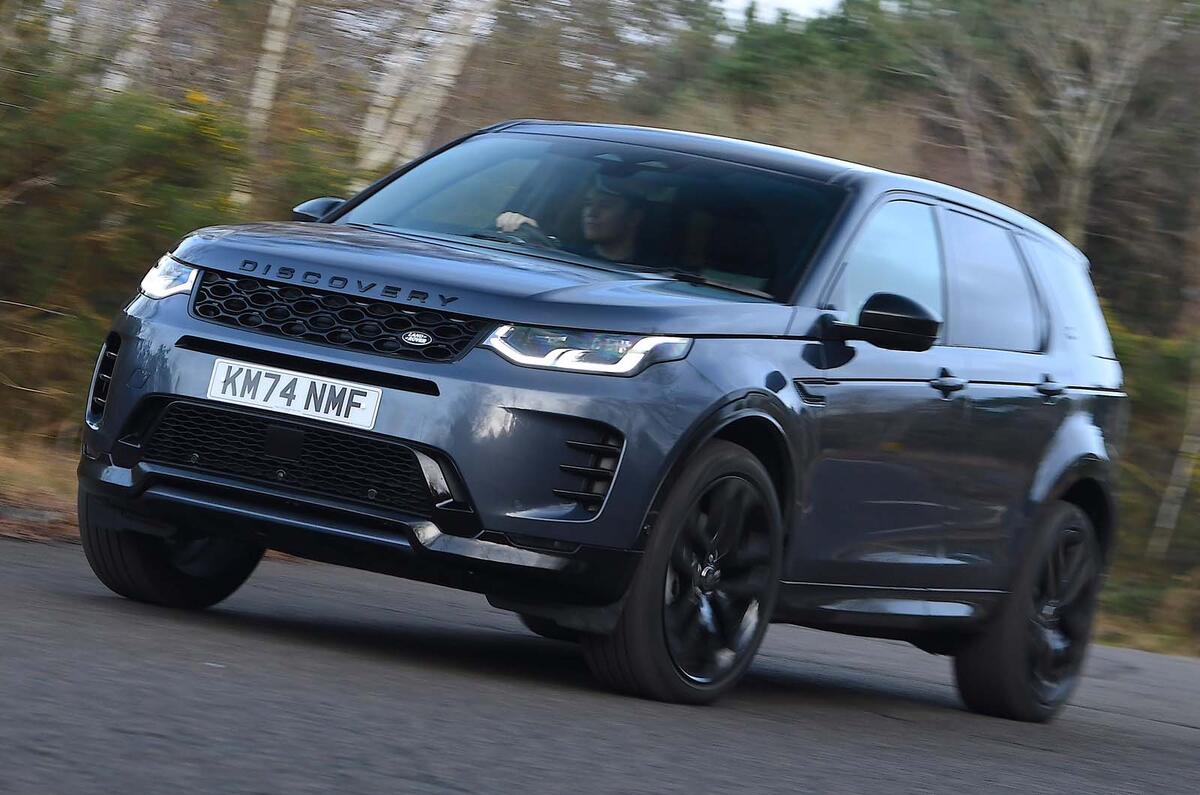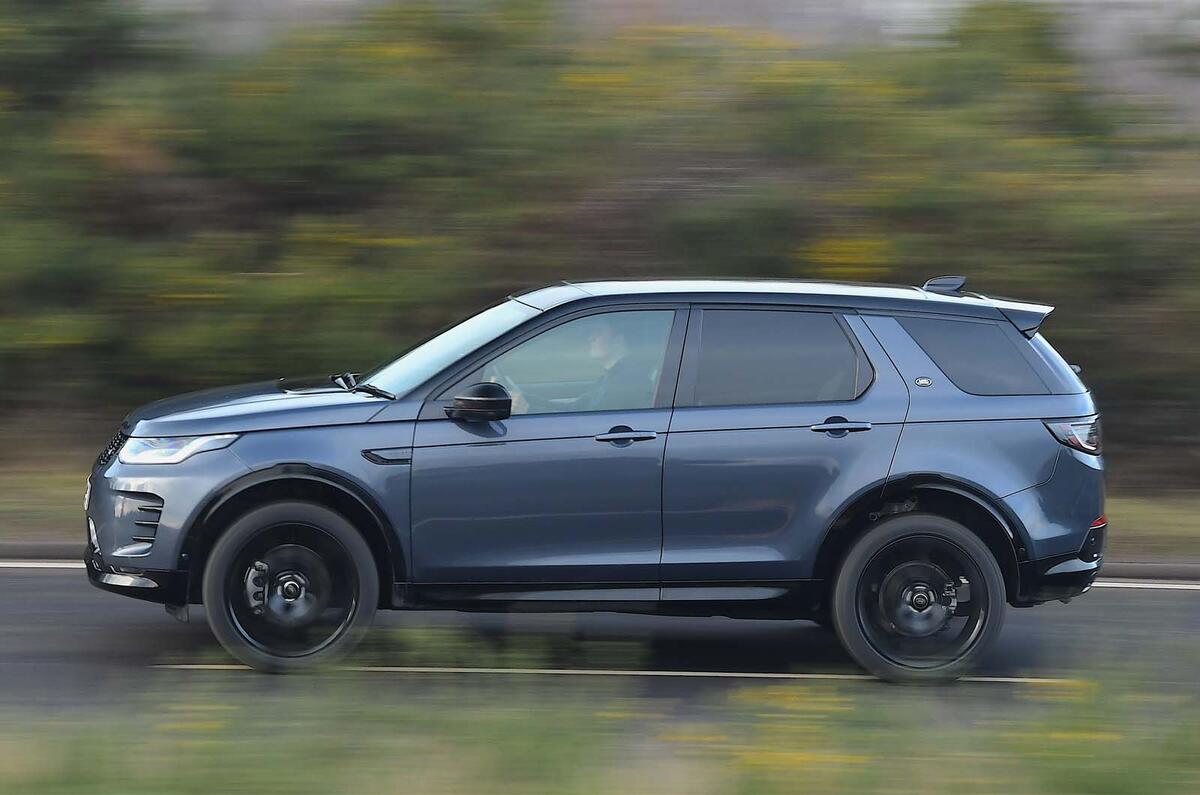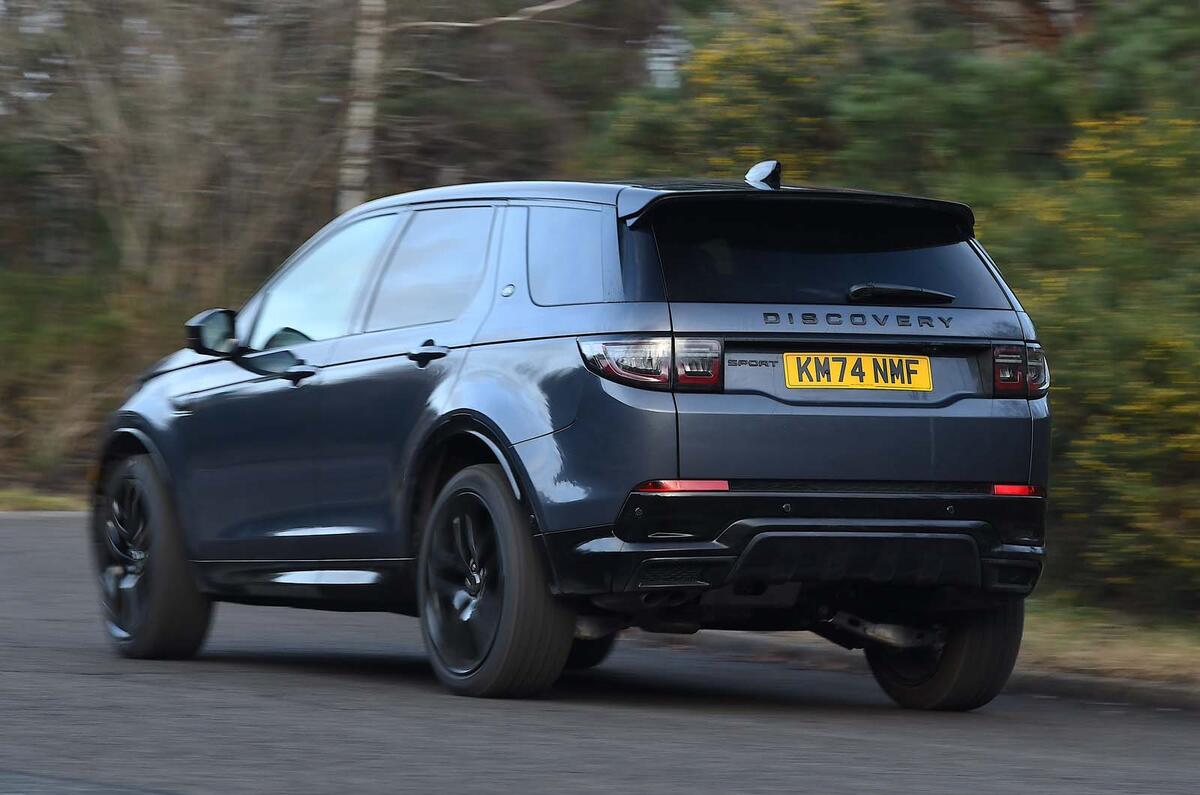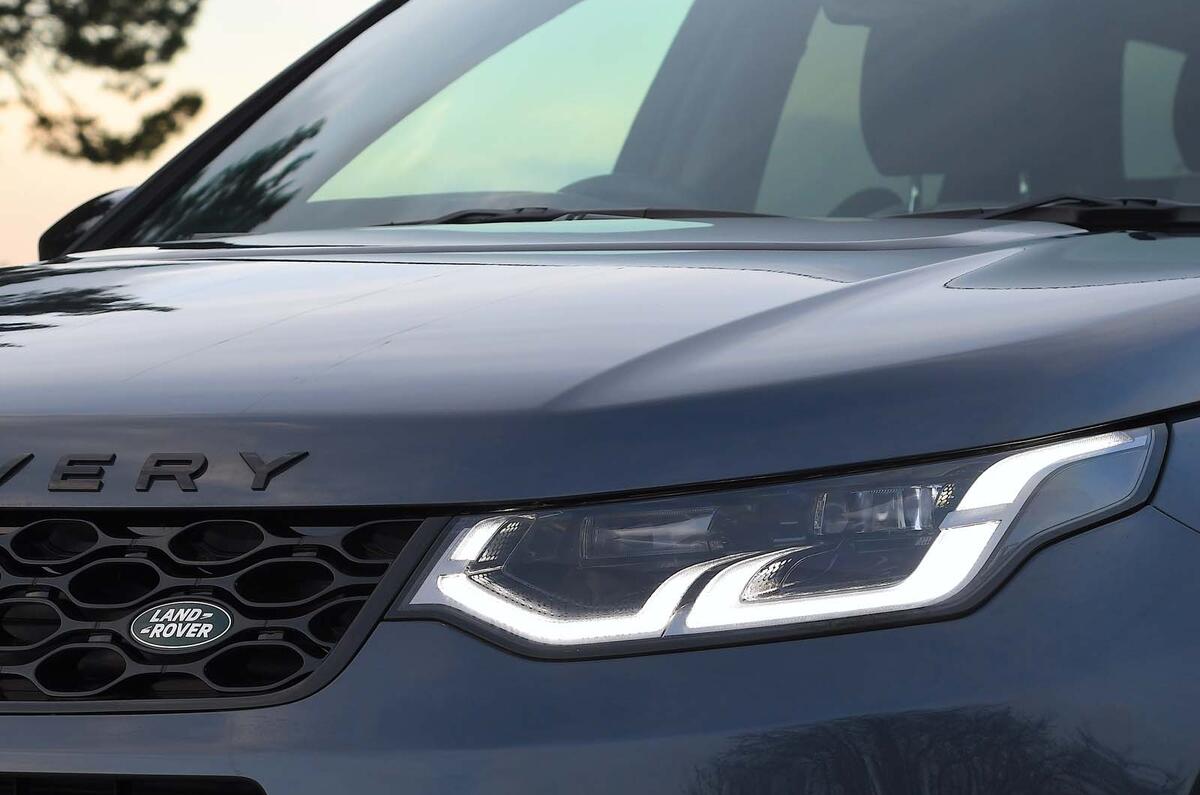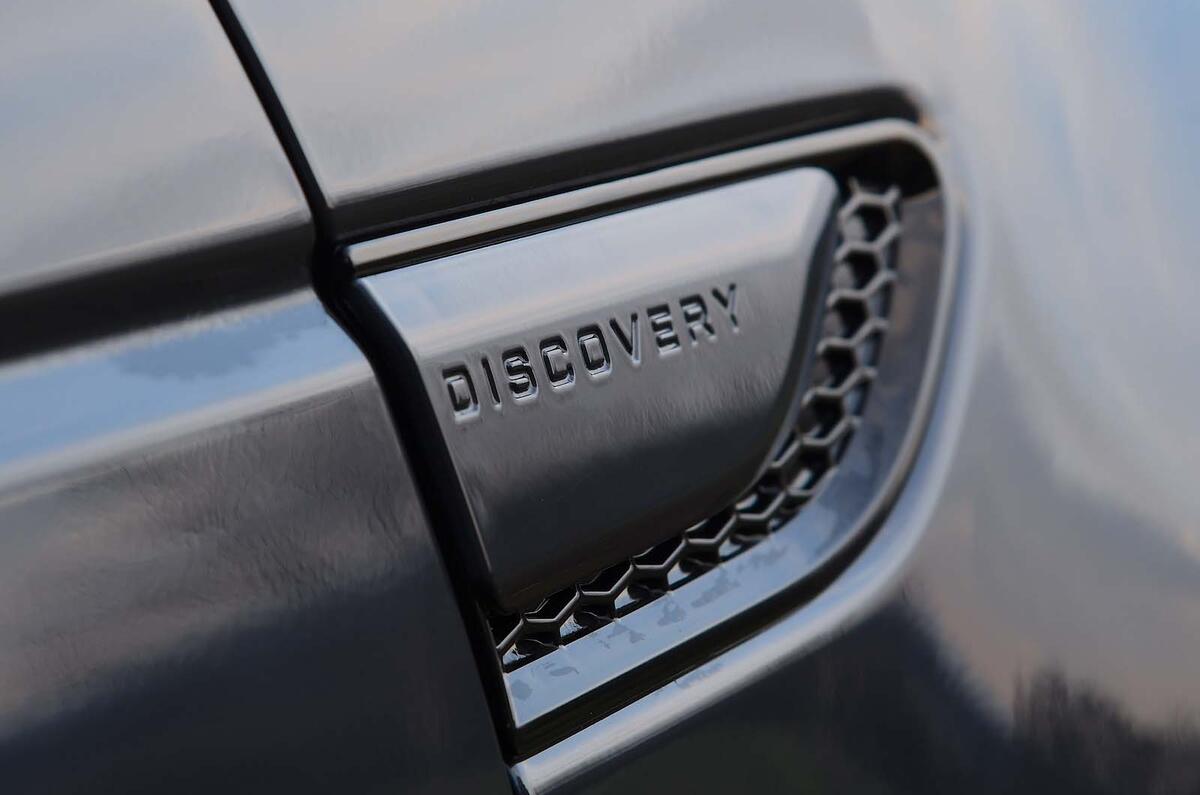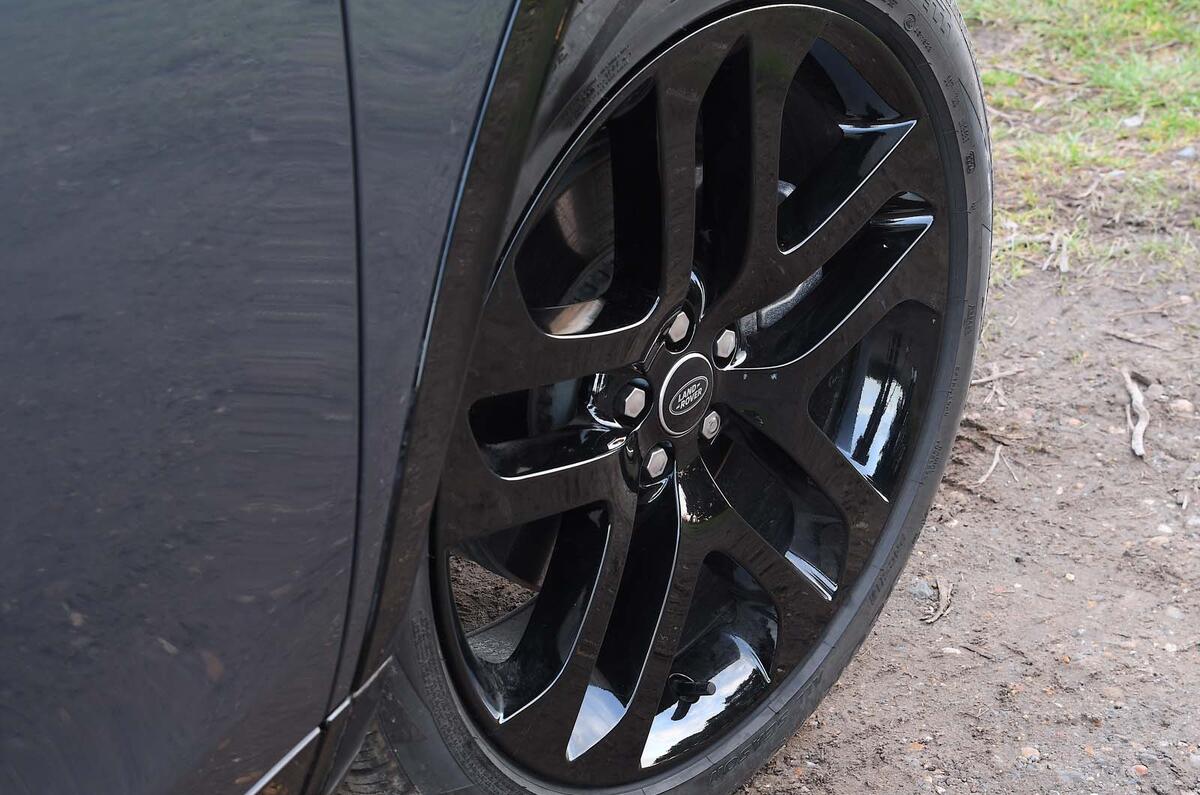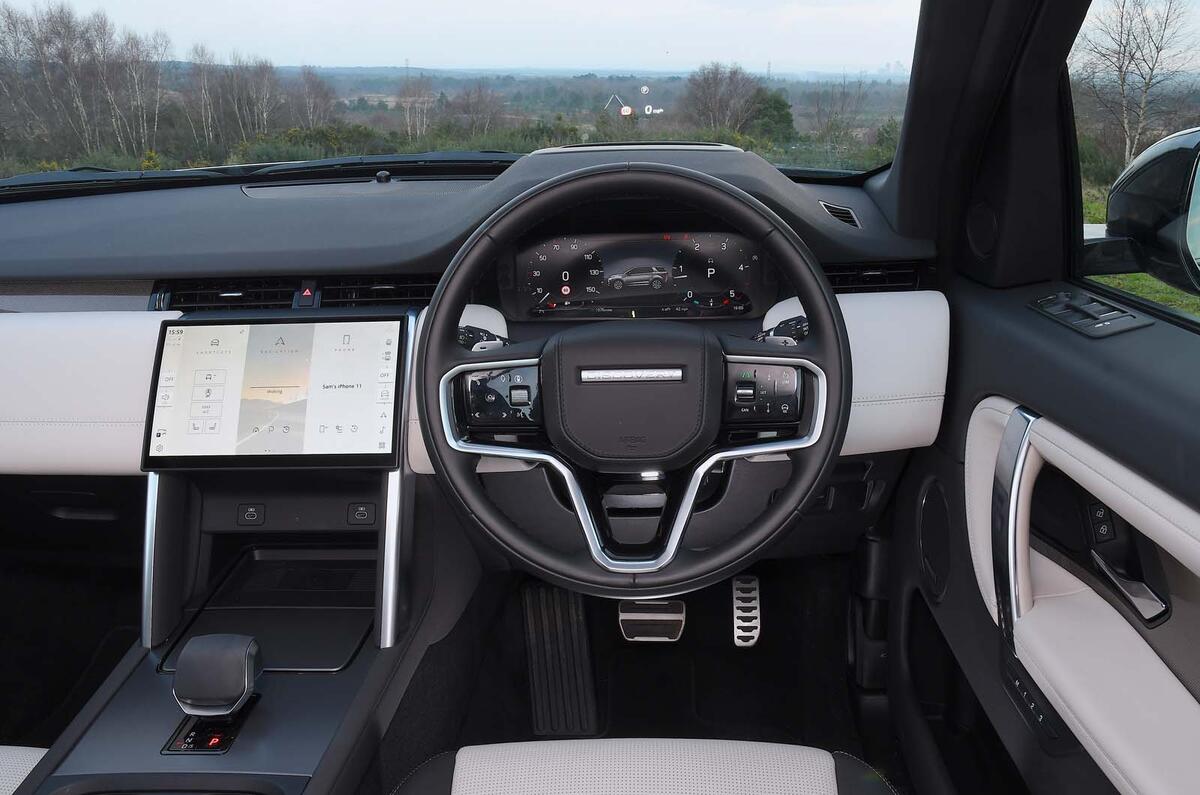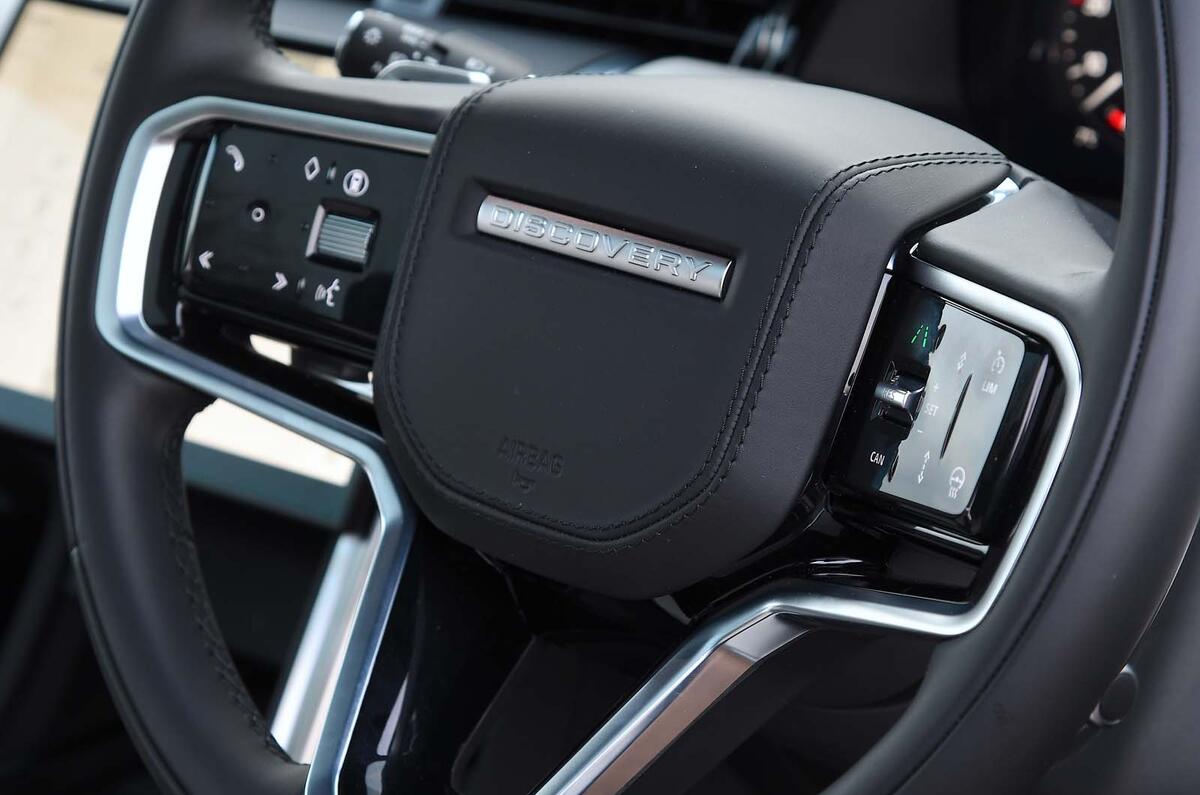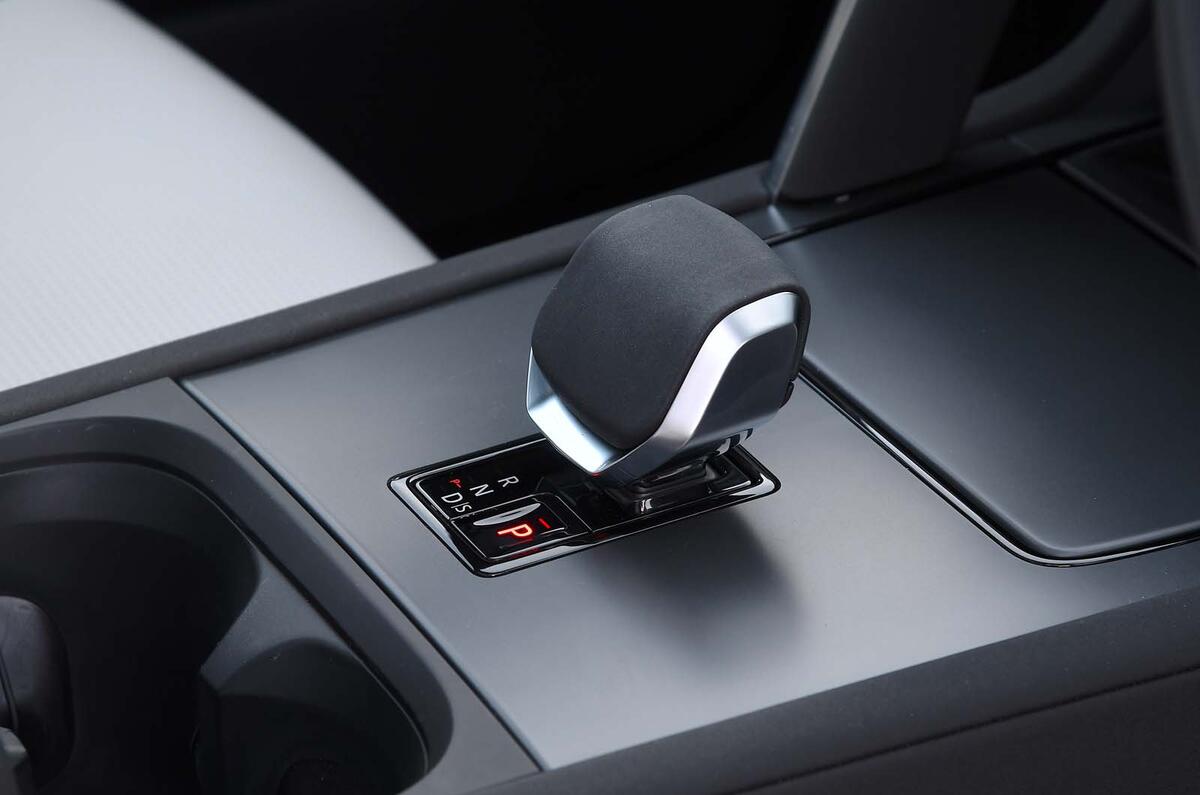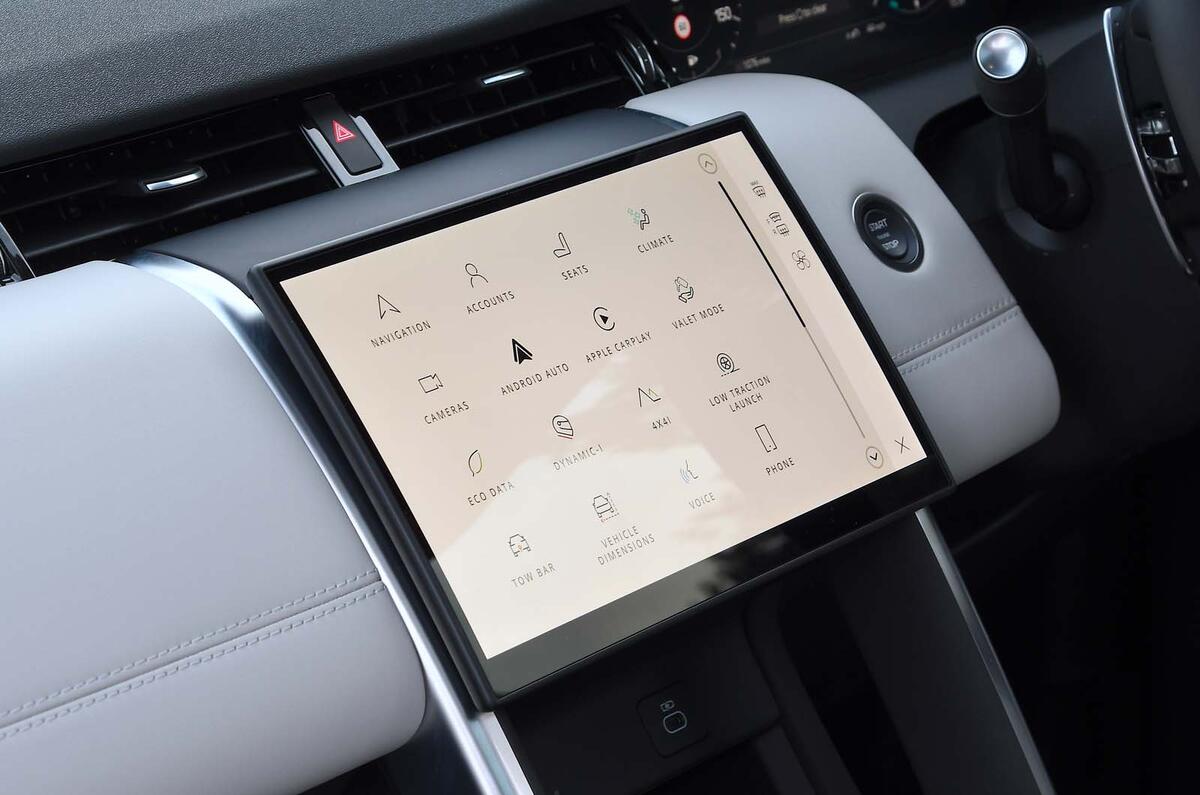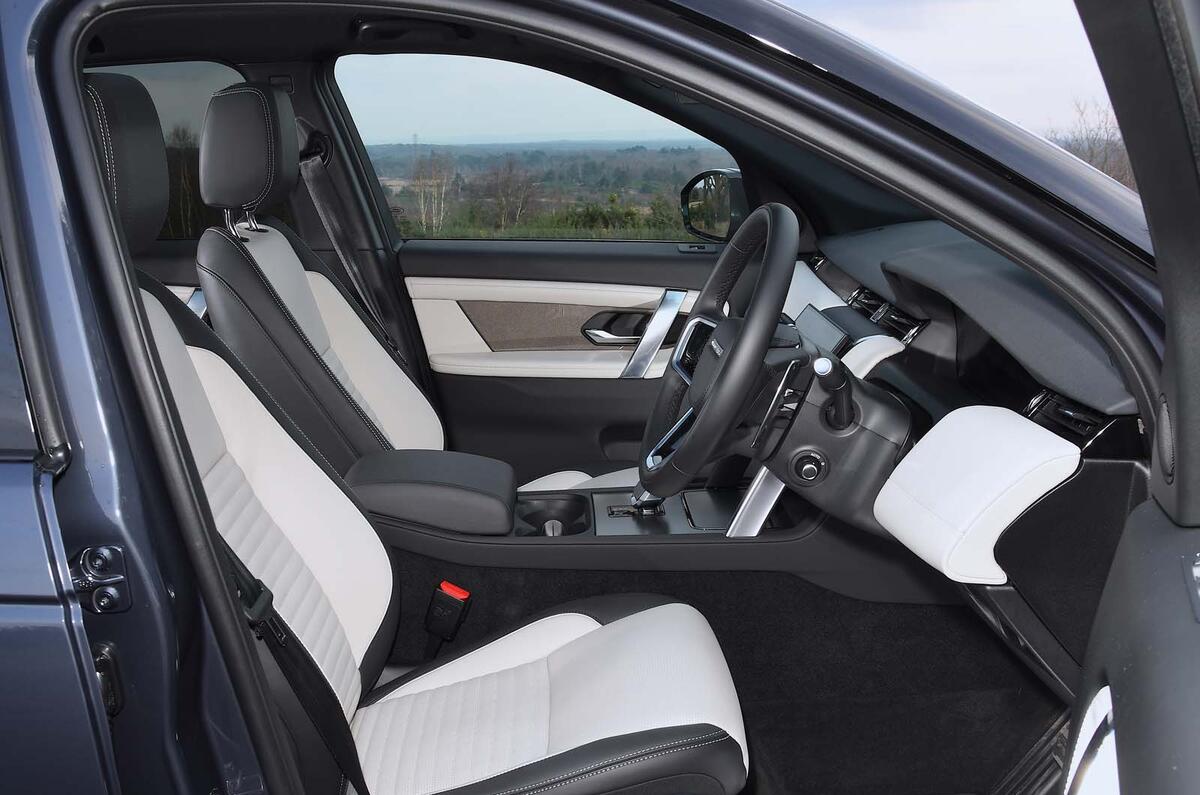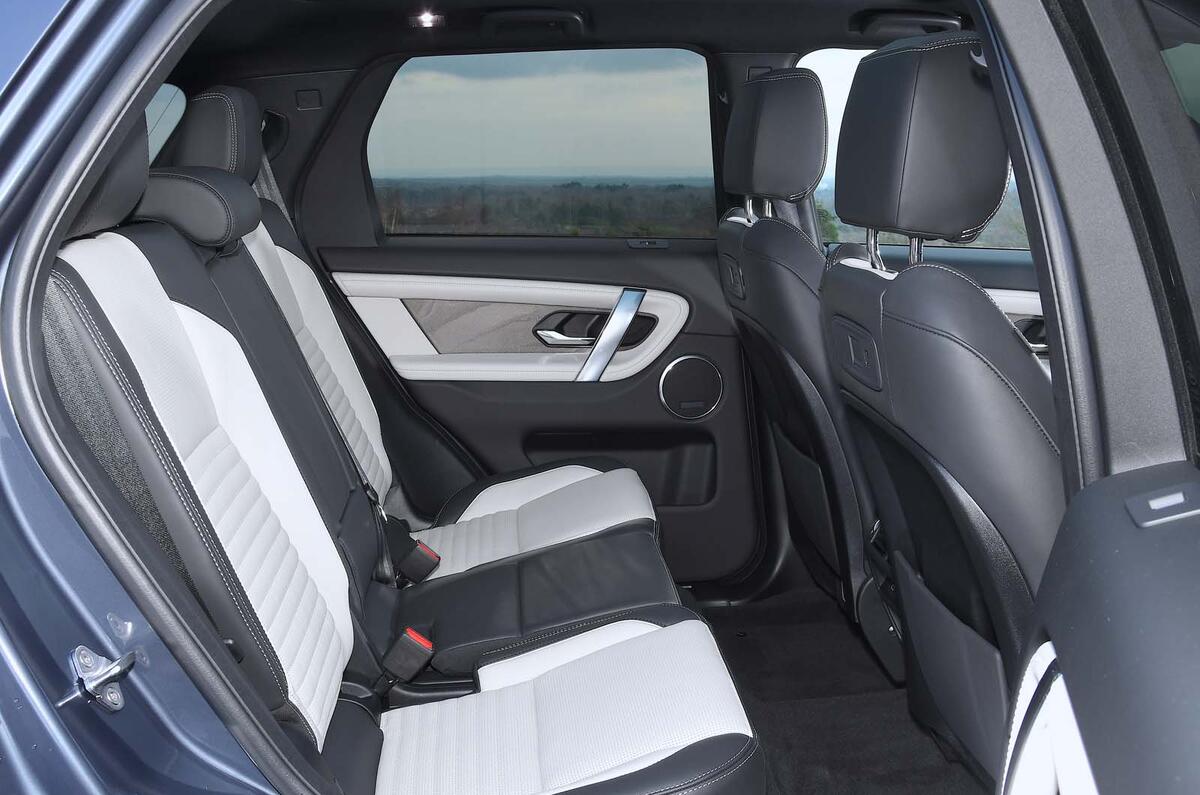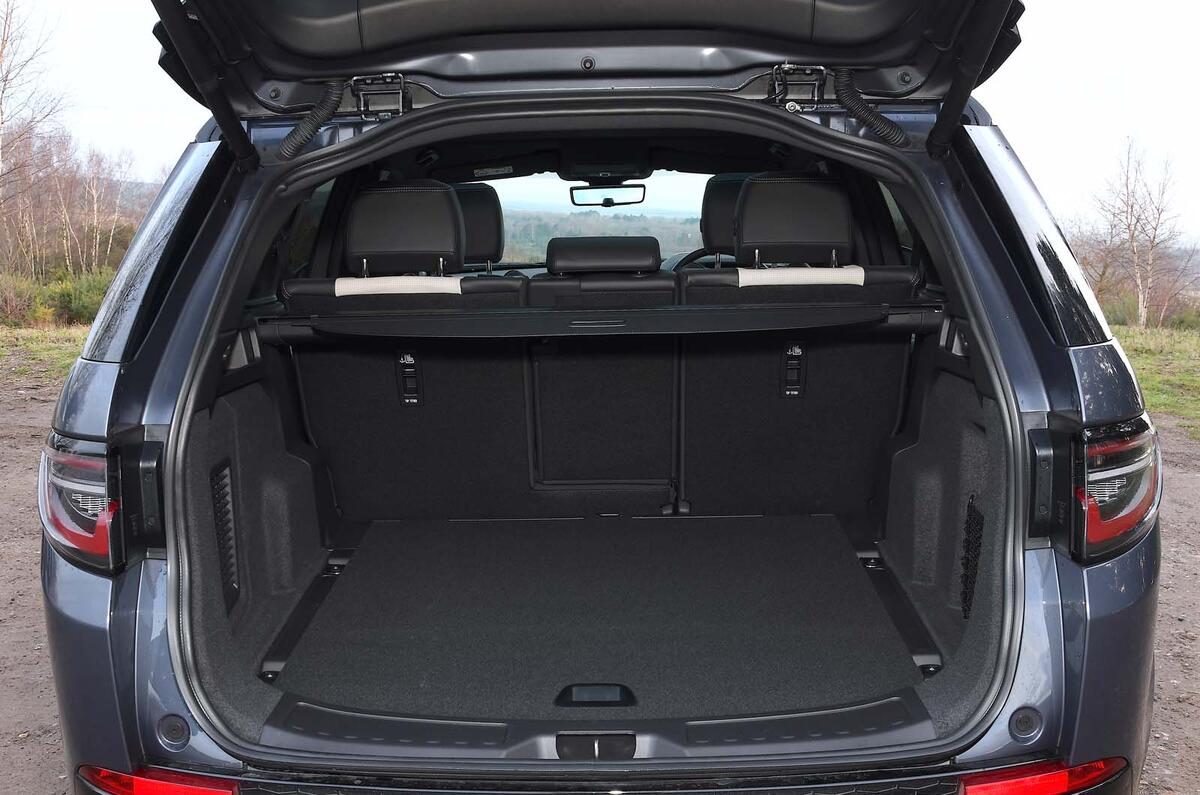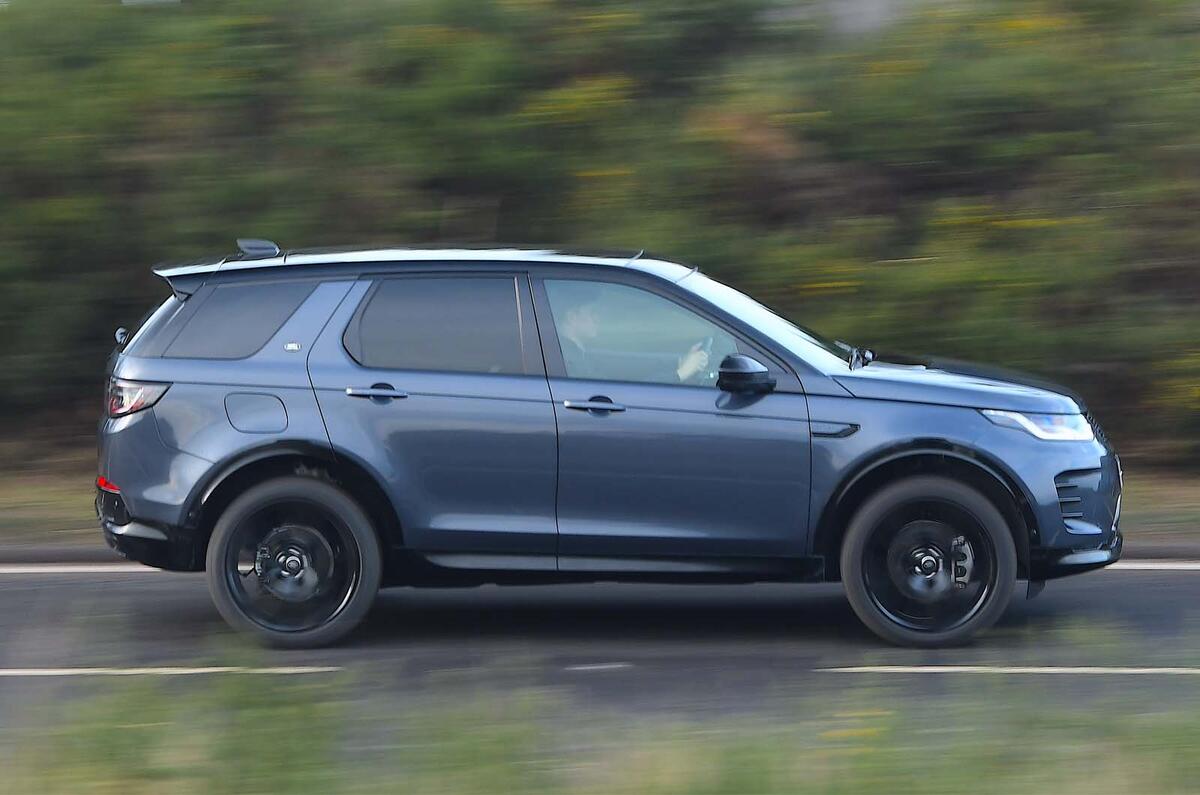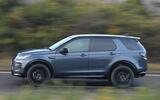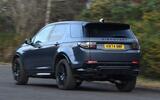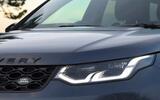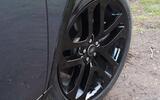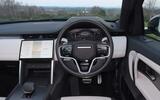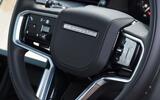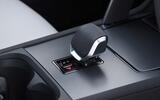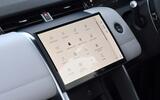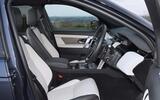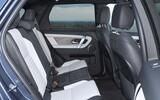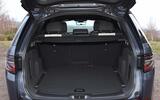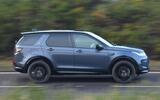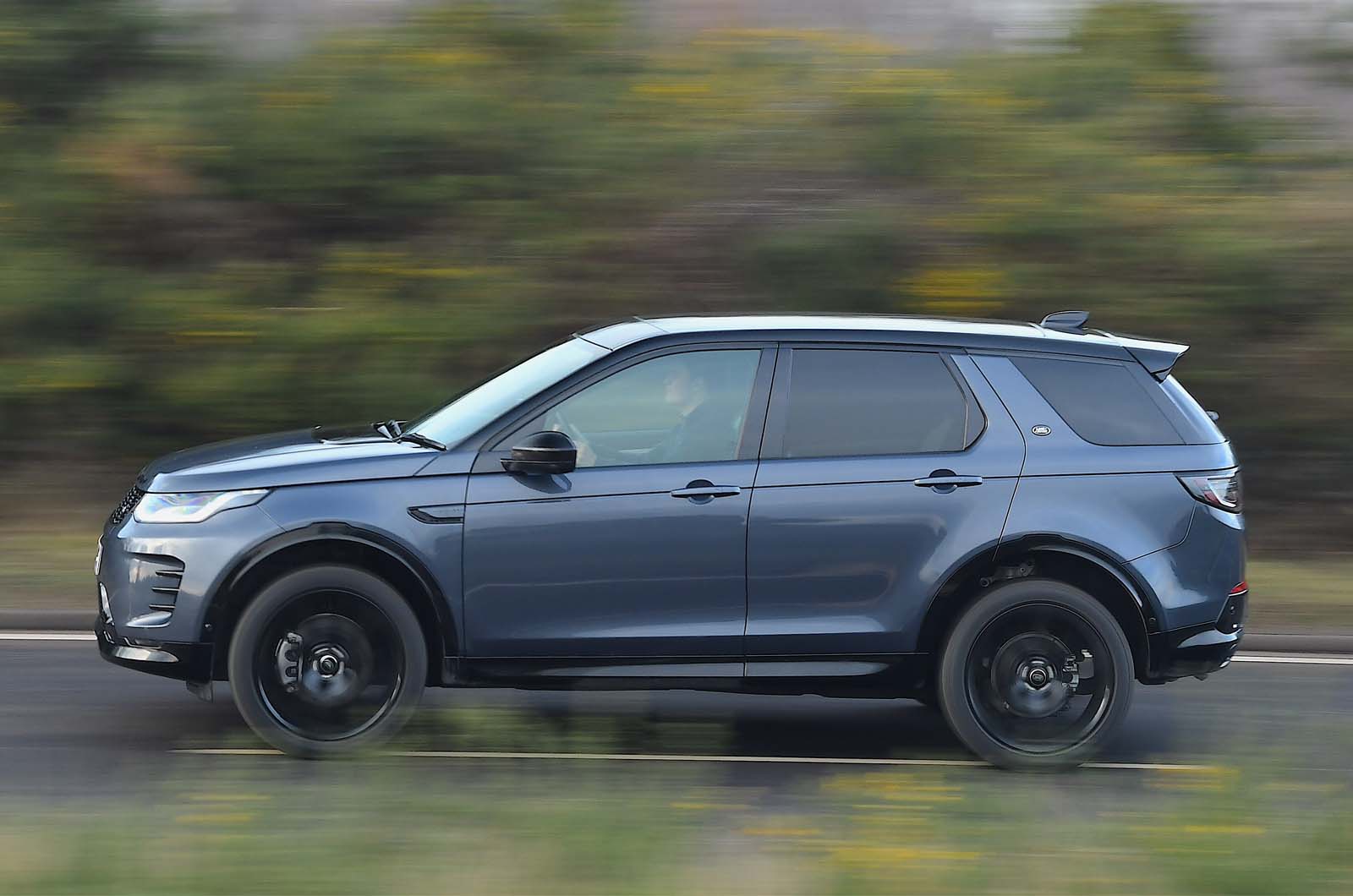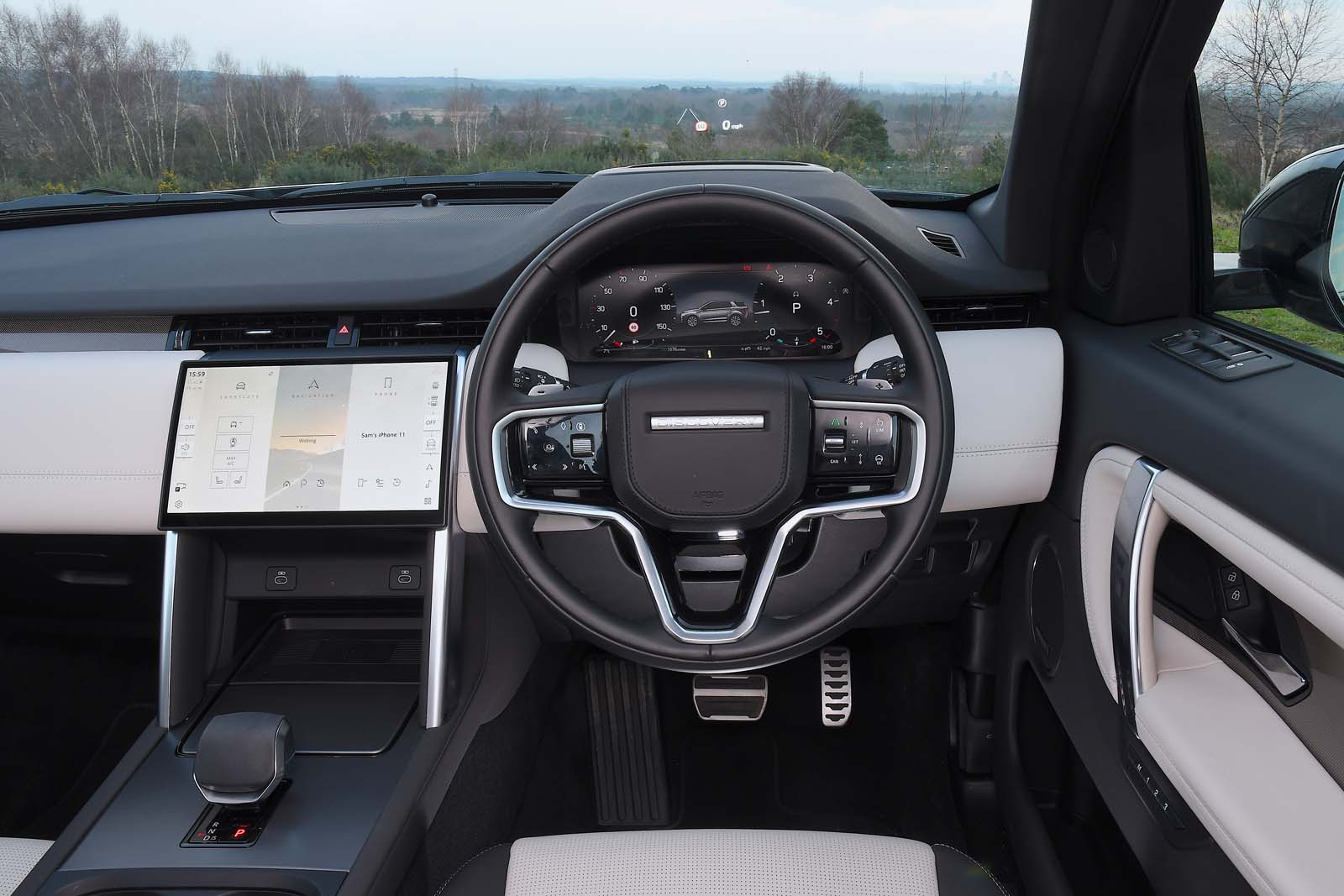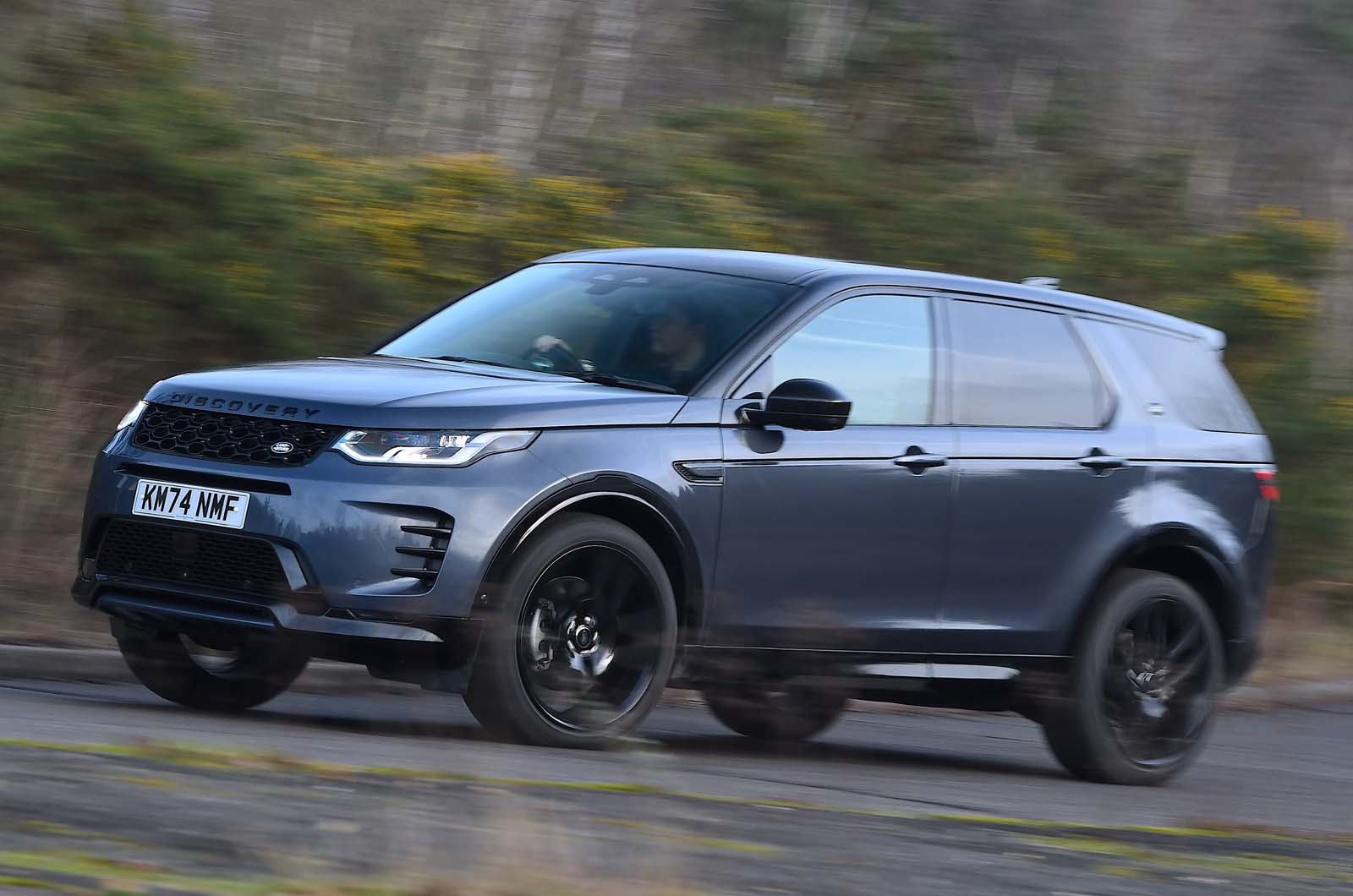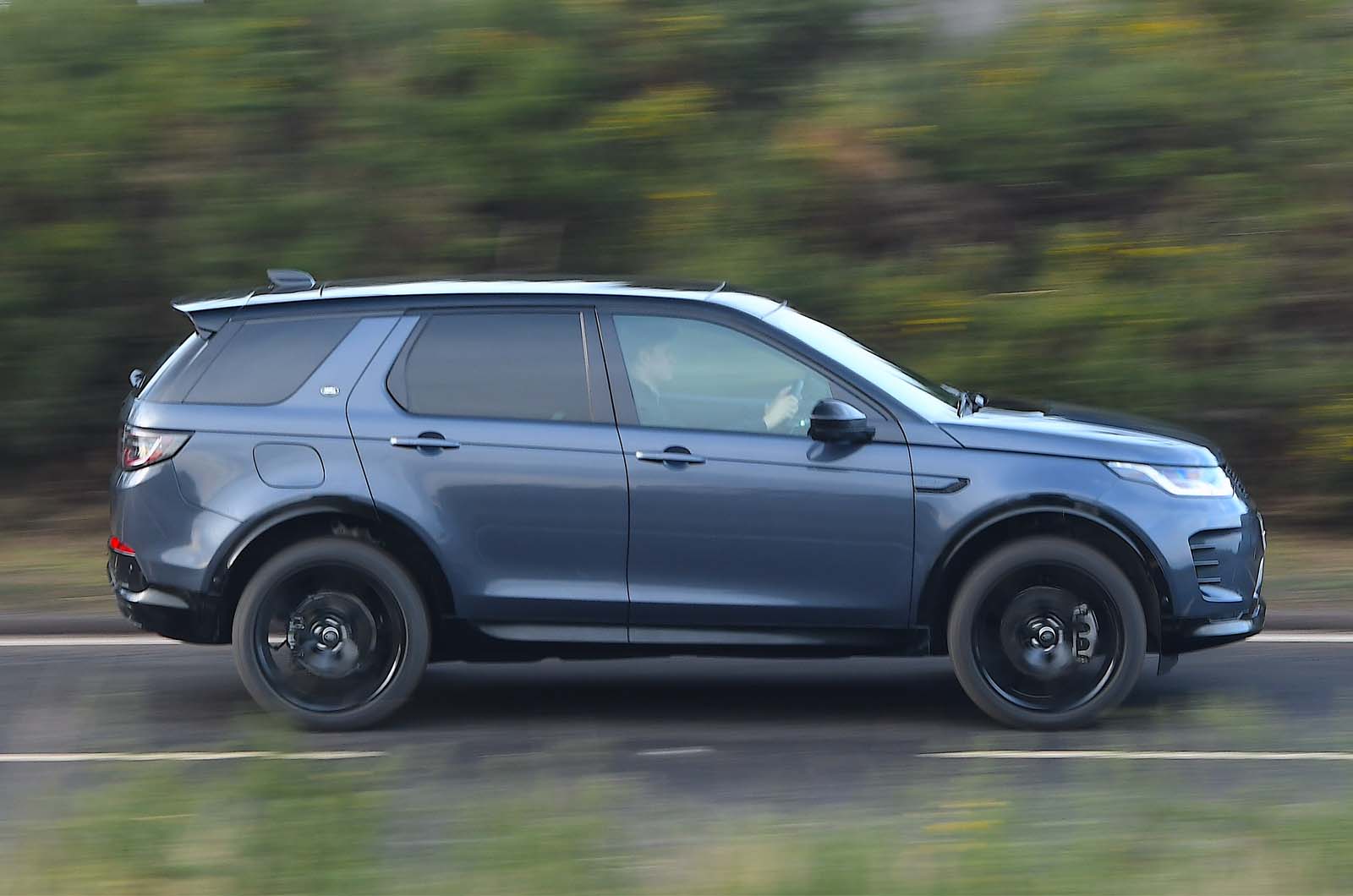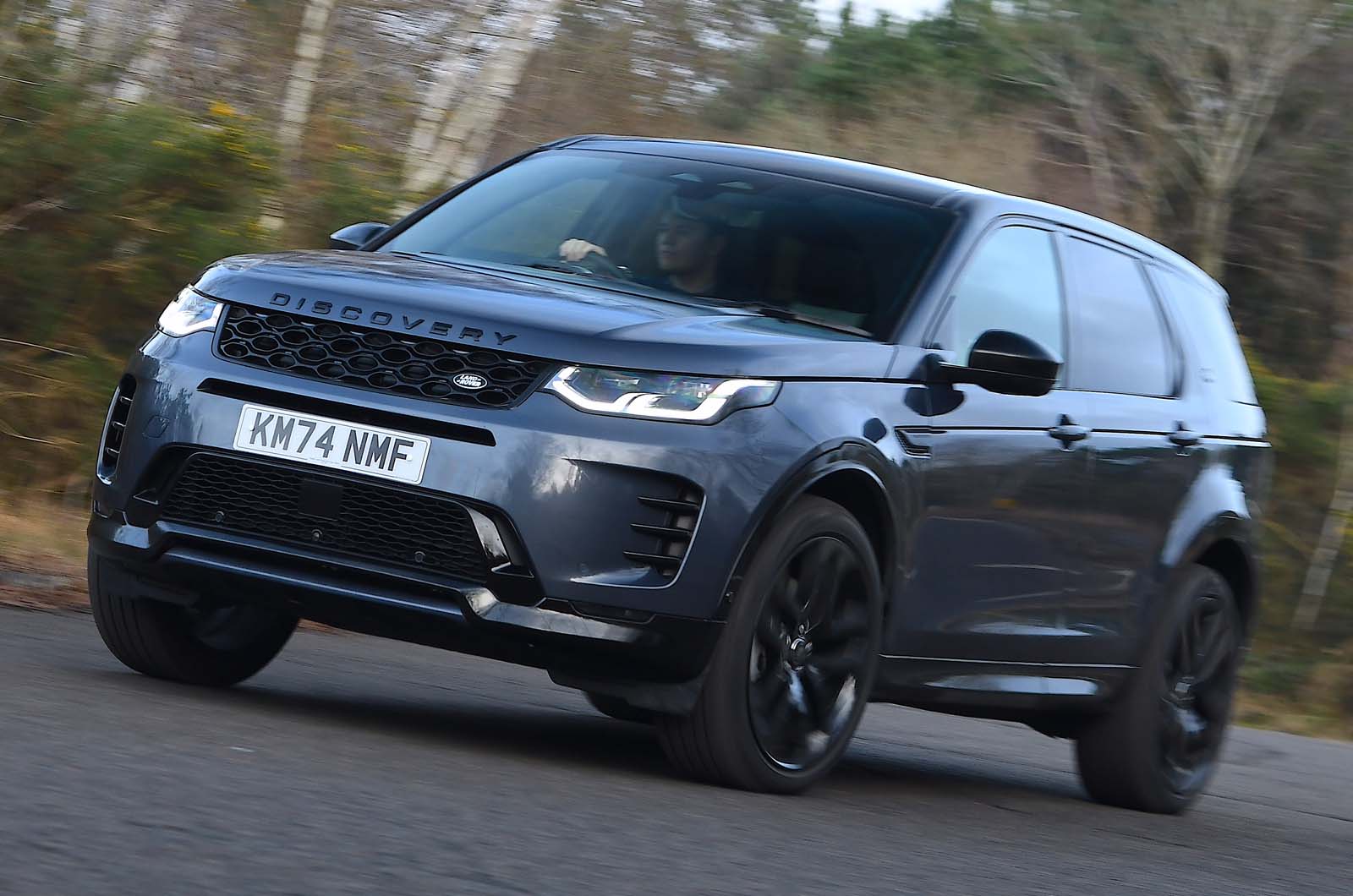Launched at the end of 2019, the Mk2 Land Rover Discovery Sport brought significant changes to what was already a successful package and helped to bolster the baby Disco’s position in the family SUV segment.
It received a revised platform that would later allow for the introduction of the P300e plug-in hybrid variant, a much reduced weight and a fleet of new engines with 48V mild-hybrid assistance for better fuel economy and reduced emissions.
It also gained JLR’s Pivi Pro infotainment system and some extra safety features to bring it right up to date with the freshest rivals on sale.
Even since its original launch in late 2014, the Discovery Sport has been a key player in the premium compact SUV segment, not least for its upmarket appeal and its unrivalled off-road capability.
Its commanding driving position, suite of go-anywhere modes and Discovery aesthetic means it certainly inspires confidence and has the character of a bigger, more capable car.
For 2024, the Discovery Sport has received another update, the new version sporting a slightly tweaked exterior design, new interior technology and a revised engine line-up.
New Land Rover Discovery Sport cars in stock




